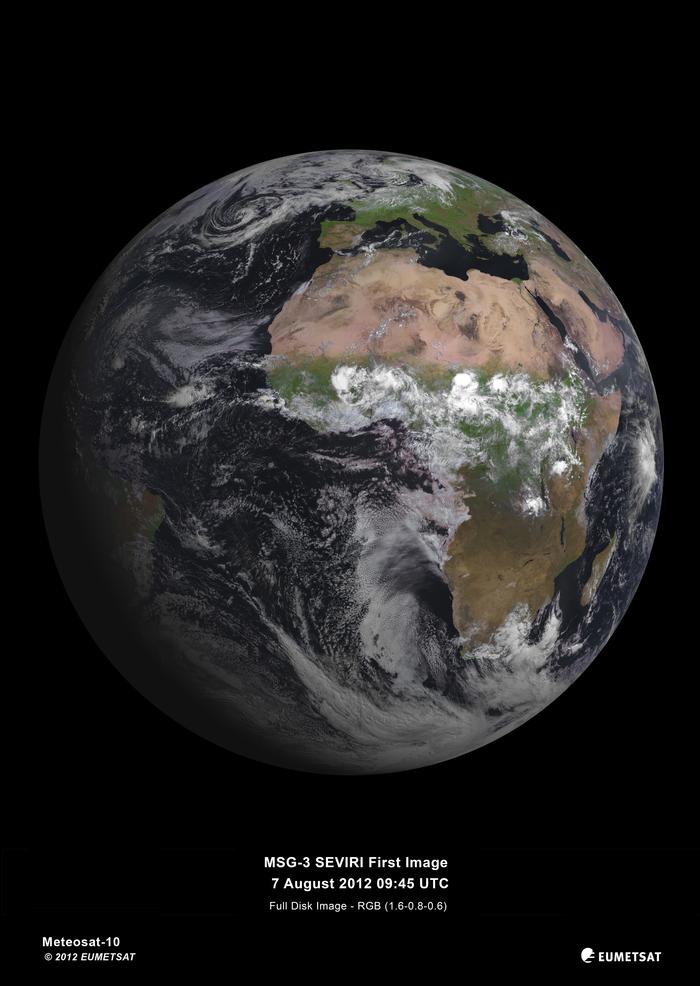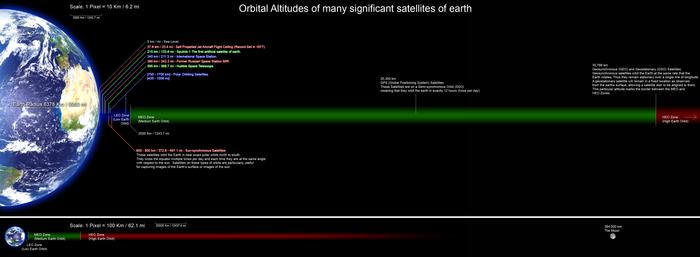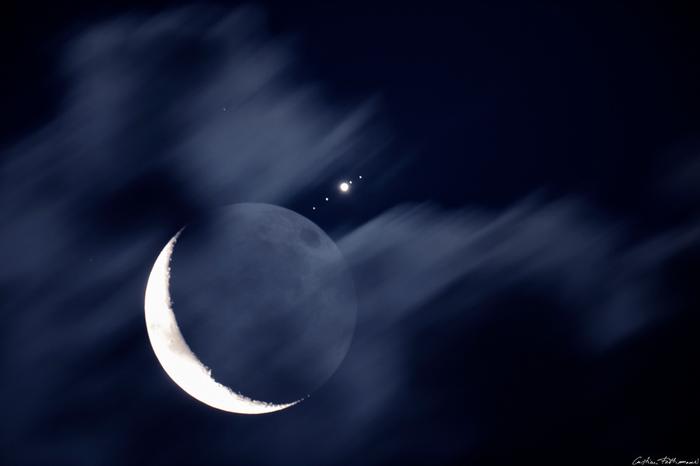MSG-3's First Image
MSG-3, the new European weather satellite which is in geosynchronous orbit, has taken this stunning picture of Earth from approximately 36,000km away. Here’s how far that is (courtesy of Wikipedia):
Today, the Spinning Enhanced Visible and Infrared Imager (SEVIRI) instrument on MSG-3 captured its first image of the Earth. This demonstrates that Europe’s latest geostationary weather satellite, launched on 5 July, is performing well and is on its way to taking over operational service after six months of commissioning.
The European Space Agency (ESA) was responsible for the initial operations after launch (the so-called launch and early orbit phase) of MSG-3 and handed over the satellite to EUMETSAT on 16 July.
The first image is a joint achievement by ESA, EUMETSAT, and the European space industry. For its mandatory programmes, EUMETSAT relies on ESA for the development of new satellites and the procurement of recurrent satellites like MSG-3. This cooperation model has made Europe a world leader in satellite meteorology by making best use of the respective expertise of the two agencies.
via/more at ESA
Curiosity Has Successfully Landed On Mars
NASA’s Mars Science Laboratory, or the Curiosity rover, has successfully landed on Mars after a nerve-wracking seven minutes of suspense as it entered the atmosphere and landed gently on the red planet.
Here is one of its first images (still covered by dust from the air-lift):

Very, very impressive.
via NASA
Voyager's Images
This Voyager spacecraft was constructed by the United States of America. We are a community of 240 million human beings among the more than 4 billion who inhabit the planet Earth. We human beings are still divided into nation states, but these states are rapidly becoming a single global civilization.
We cast this message into the cosmos. It is likely to survive a billion years into our future, when our civilization is profoundly altered and the surface of the Earth may be vastly changed. Of the 200 billion stars in the Milky Way galaxy, some — perhaps many — may have inhabited planets and spacefaring civilizations.
If one such civilization intercepts Voyager and can understand these recorded contents, here is our message:
This is a present from a small distant world, a token of our sounds, our science, our images, our music, our thoughts and our feelings. We are attempting to survive our time so we may live into yours. We hope someday, having solved the problems we face, to join a community of galactic civilizations. This record represents our hope and our determination, and our good will in a vast and awesome universe.
Jimmy Carter
President of the United States of AmericaThe White House
June 16, 1977























































































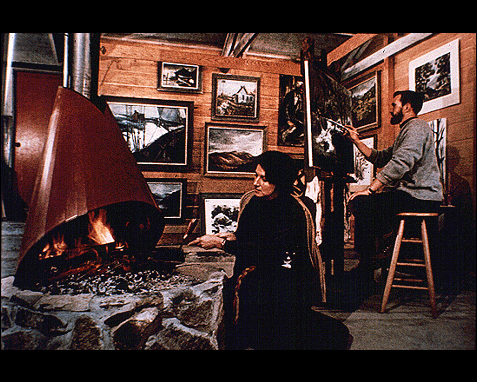


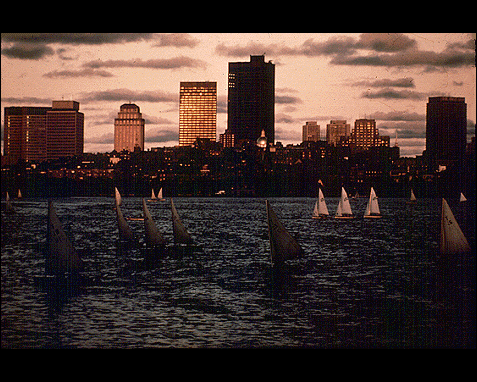





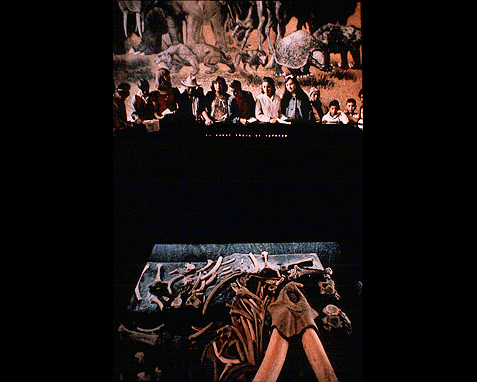





















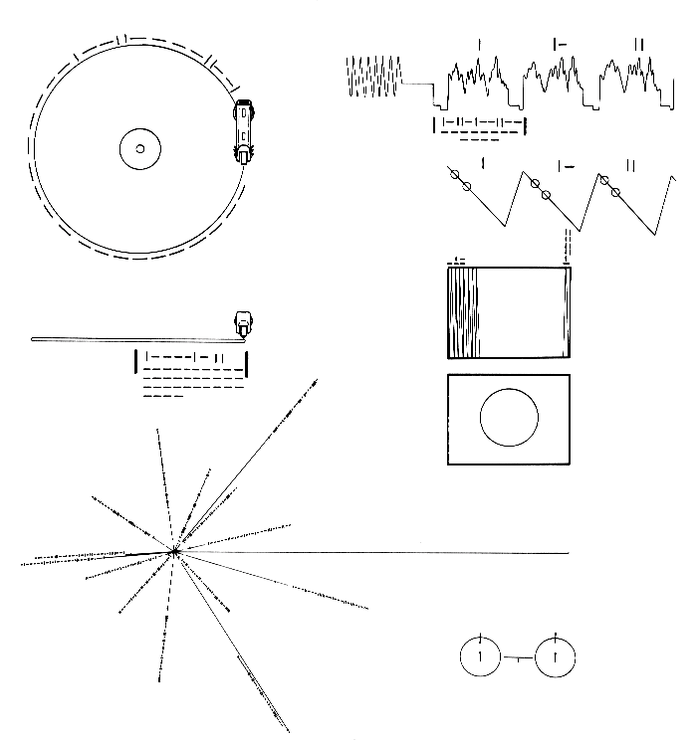
To the Moon and Beyond
43 years ago today, three humans journeyed to another world. Where will we go next?
Image via NASA APOD:
Skygazers around planet Earth enjoyed the close encounter of planets and Moon in July 15’s predawn skies. And while many saw bright Jupiter next to the slender, waning crescent, Europeans also had the opportunity to watch the ruling gas giant pass behind the lunar disk, occulted by the Moon as it slid through the night. Clouds threaten in this telescopic view from Montecassiano, Italy, but the frame still captures Jupiter after it emerged from the occultation along with all four of its large Galilean moons. The sunlit crescent is overexposed with the Moon’s night side faintly illuminated by Earthshine. Lined up left to right beyond the dark lunar limb are Callisto, Ganymede, Jupiter, Io, and Europa. In fact, Callisto, Ganymede, and Io are larger than Earth’s Moon, while Europa is only slightly smaller.
